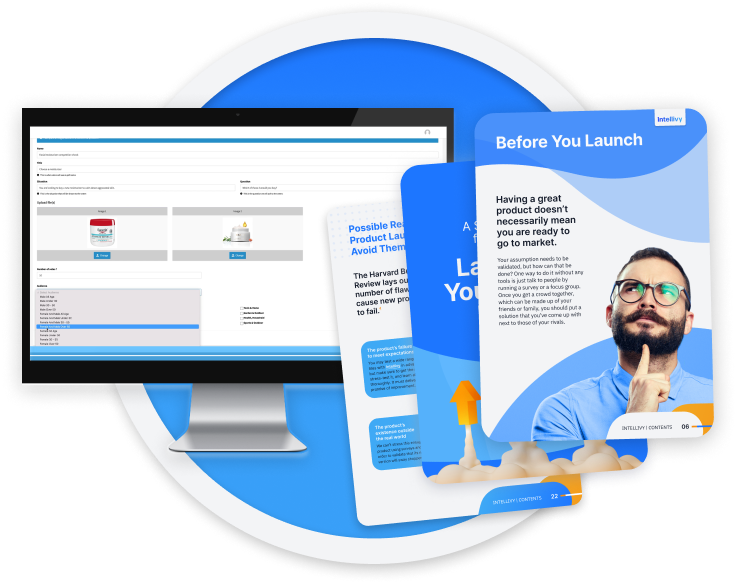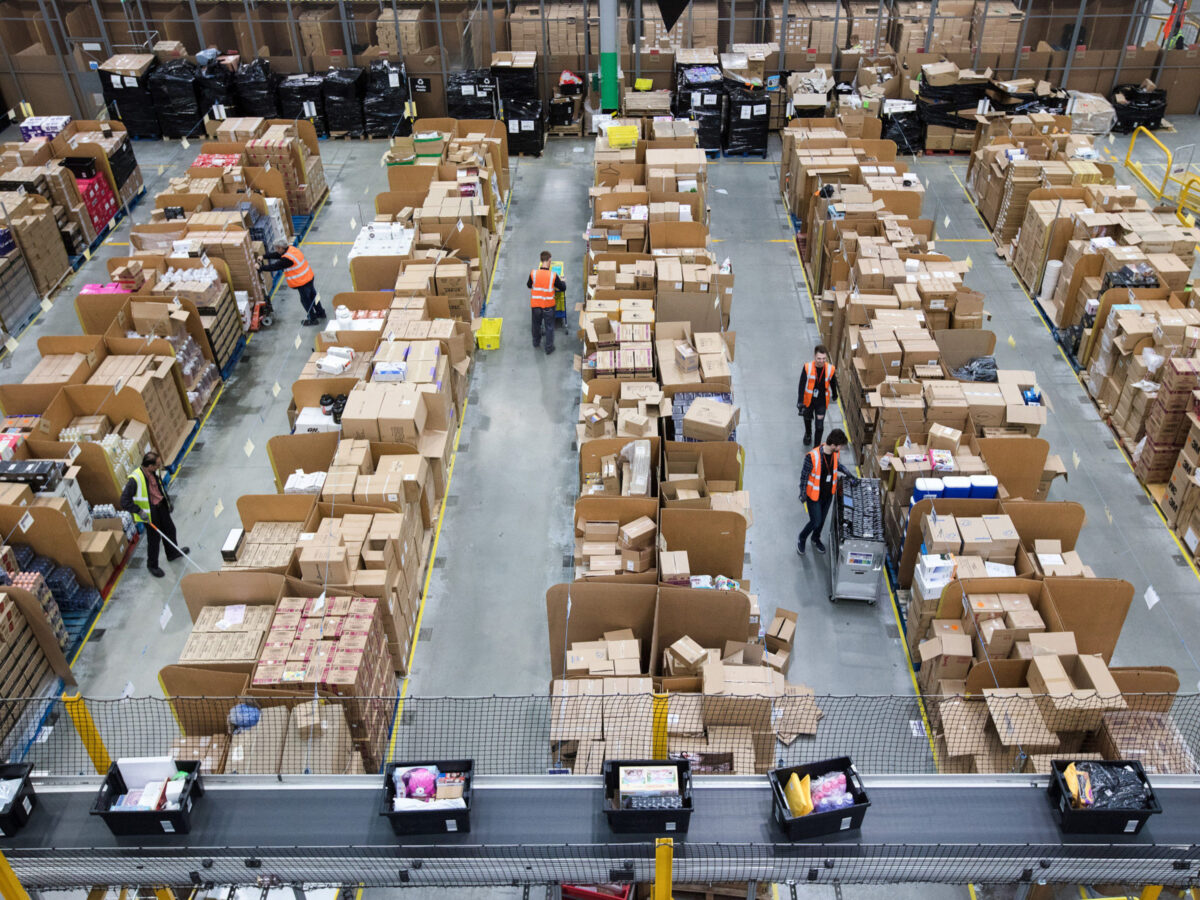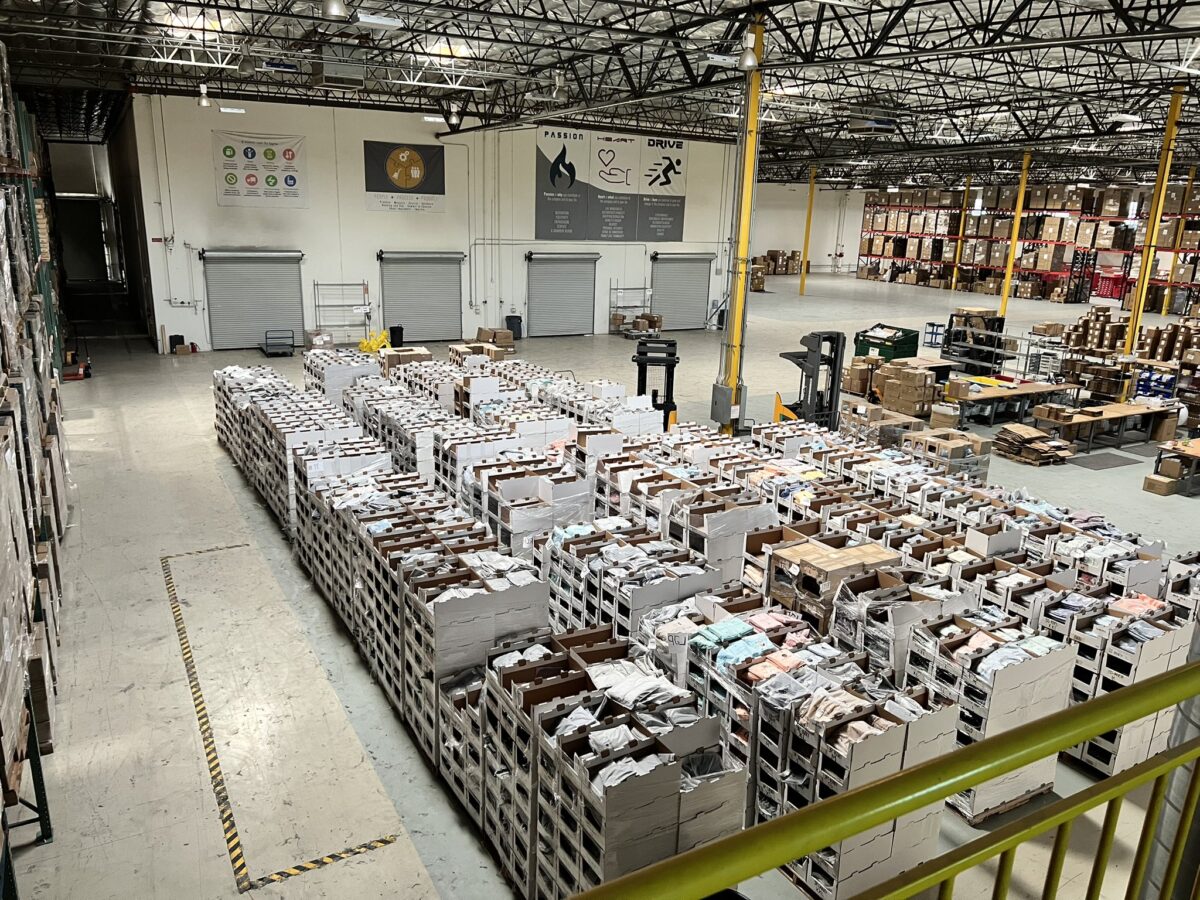-
The Advantages of Partnering with a 3PL

Are you a business owner, ecommerce brand or logistics manager looking to streamline your supply chain and logistics operations? One option to consider is partnering with a third-party logistics (3PL) provider.
-
How to Sell More on Amazon in 2023?

It’s no secret that Amazon is the largest marketplace on the planet Chances are you shop with Amazon for most purchases. They’ve made it easy & simple to get everyday items. But how can you be selling on the platform & converting those 200 million + shoppers into your brand customers?
-
How to Sell on Amazon without FBA?

Are you looking to sell on Amazon but want to avoid using the Fulfillment by Amazon (FBA) service? While FBA can be a convenient option for fulfilling orders, it can also be costly and may not be the right fit for every seller. In this blog post, we’ll provide an overview of how to sell…
-
How to Optimize Amazon Product Listings for Sales?

Optimizing your Amazon product listings is crucial for increasing sales and standing out among the competition.
-
3PLs: How they can help your Business Grow

A third-party logistics (3PL) provider is a company that offers logistics services to businesses. These services can include storage, transportation, and distribution of goods. 3PLs can help businesses grow in a number of ways.
-
Maximizing Efficiency and Effectiveness with Your 3PL

Third-party logistics (3PL) services are a popular choice for businesses looking to outsource their supply chain management and logistics operations. By partnering with a 3PL provider, companies can focus on their core competencies and leave the logistics and distribution to experts.
-
3PLS: The Key to Unlocking your Business’s Supply Chain Potential.

Third-party logistics (3PL) providers offer a range of services that can help businesses streamline their supply chain operations and improve efficiency. By outsourcing logistics and transportation functions to a 3PL, businesses can focus on their core competencies, reduce costs, and improve customer satisfaction. In today’s fast-paced and highly competitive business environment, 3PLs have become an…